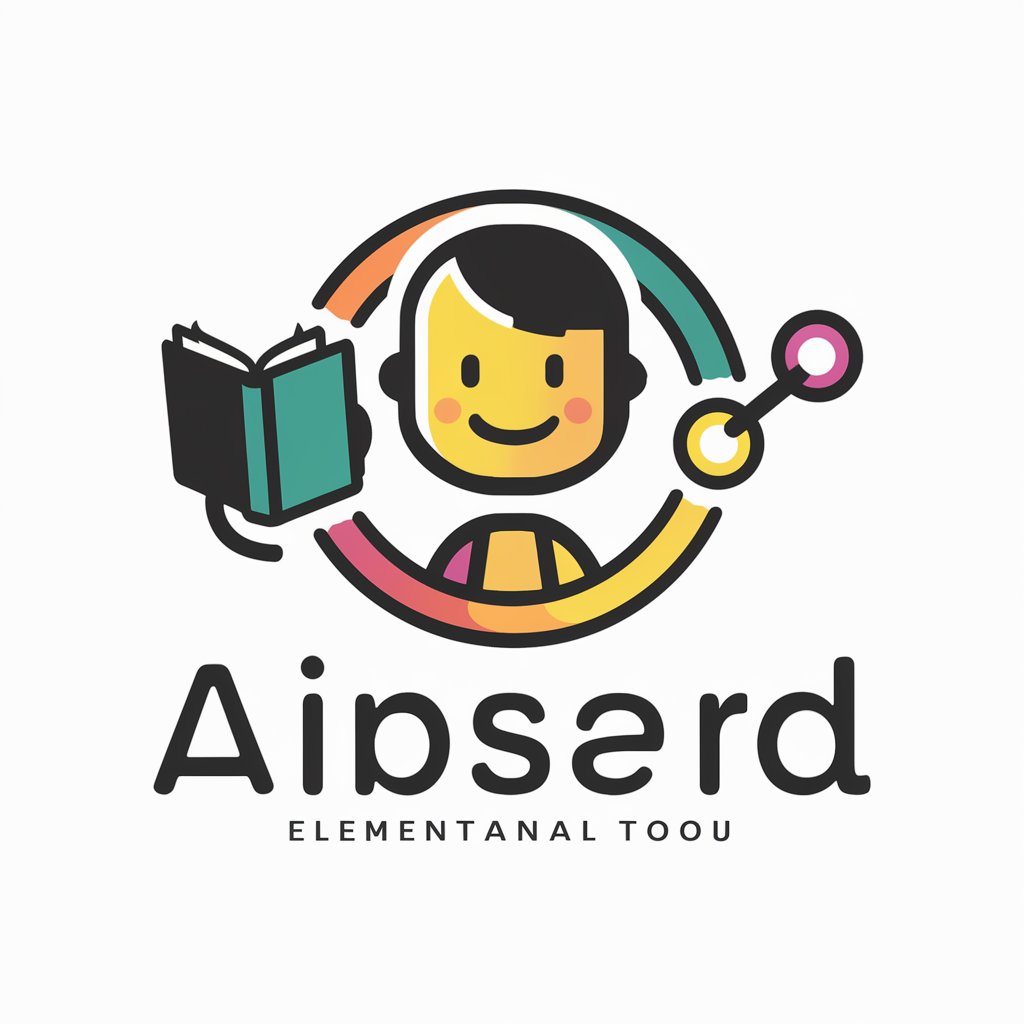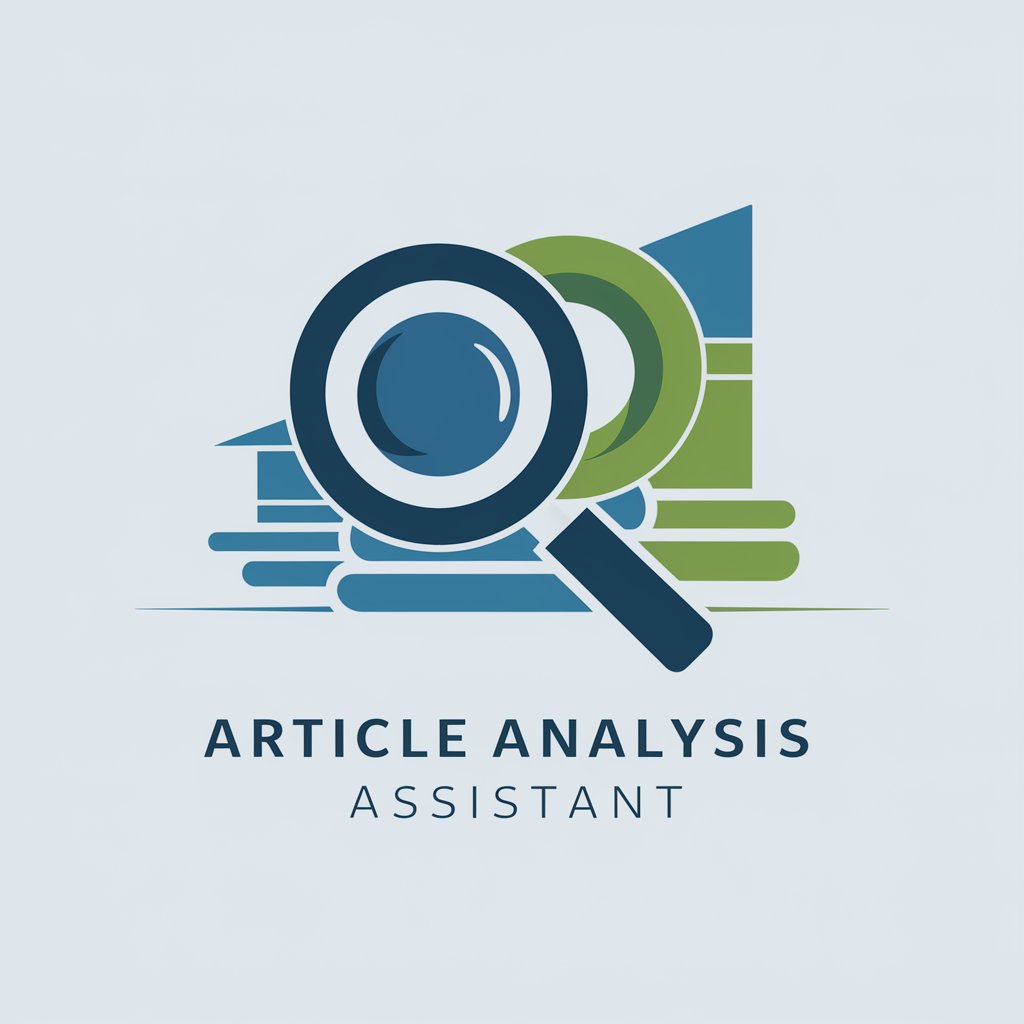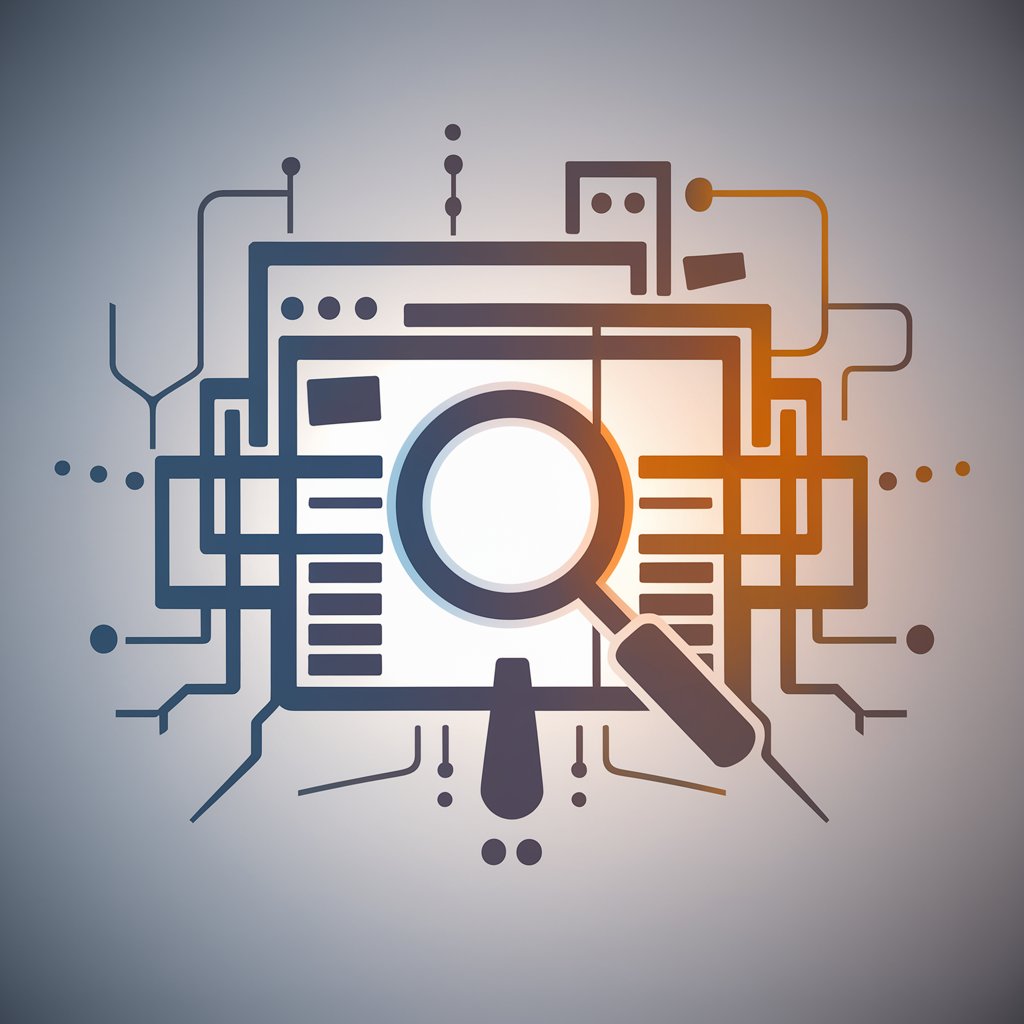
비판적 뉴스읽기 - Critical News Analysis

안녕하세요, 비판적 뉴스읽기입니다. 기사 분석을 도와드리겠습니다.
Unveil the truth behind the news
분석하고자 하는 기사를 입력해주세요:
이 뉴스의 출처와 내용을 비판적으로 분석해드립니다:
기사의 사실 여부와 편향성을 평가해드립니다:
뉴스 내용을 자세히 분석하고 평가해드립니다:
Get Embed Code
Introduction to 비판적 뉴스읽기
비판적 뉴스읽기 is designed to offer critical analysis of news content, providing users with a deeper understanding of the information presented in media articles. This tool is intended to dissect news pieces, identify potential biases, distinguish between factual content and opinion, and analyze the underlying perspectives of different media outlets. It encourages users to look beyond the surface of news reports, fostering a more informed and discerning readership. For example, when presented with a political news article, 비판적 뉴스읽기 would break down the narrative, assess the balance of opinions versus facts, and evaluate the media's potential agenda or bias. Powered by ChatGPT-4o。

Main Functions of 비판적 뉴스읽기
News Content Analysis
Example
When analyzing a news article about a new government policy, 비판적 뉴스읽기 would summarize the key points, assess the proportion of objective information versus subjective opinion, and highlight any evident media bias or perspective.
Scenario
A user could apply this function to better understand the nuances of how different media outlets report on the same policy change, fostering a more nuanced perspective on the issue.
Identification of Media Bias and Perspective
Example
In examining a news feature on climate change, the tool would identify the media outlet's historical stance on the issue, compare it with the article's tone and content, and elucidate any alignment or discrepancy between them.
Scenario
This function would be particularly useful for users seeking to discern how media bias might influence the presentation of facts and opinions on contentious subjects like climate change.
Ideal Users of 비판적 뉴스읽기 Services
Academic Researchers
Researchers analyzing media coverage across different outlets would find 비판적 뉴스읽기 invaluable for systematically comparing narrative frameworks, identifying bias, and understanding how various factors influence media portrayal.
General Public
Everyday news consumers seeking to cultivate a critical perspective on media content would benefit from the tool's ability to clarify and contextualize news reports, helping them navigate the complexities of modern media landscapes.

How to Use Critical News Reading
1
Visit yeschat.ai for a complimentary trial, no signup or ChatGPT Plus required.
2
Provide the text of the news article or the URL to the news piece you wish to analyze.
3
Specify any particular aspects of the news you're interested in analyzing, such as bias, fact-opinion ratio, or underlying intentions.
4
Review the analysis provided, which includes a summary of the content, the media's bias, fact vs. opinion, perspective, intentions, and what might be missing.
5
Use the analysis to engage in informed discussions, academic writing, or simply to broaden your understanding of media influence.
Try other advanced and practical GPTs
Český Překladatel
Translate with AI, Understand with Context

Couch Buddy
Elevate Your Viewing Experience with AI

Tech Tutor
Demystifying Technology with AI

My Look
Personalized makeup advice at your fingertips

最新ニュースの読解問題【接続詞編】
Master conjunctions with AI-driven news quizzes

サウナを愛で鯛
Dive Deep into Sauna Culture

Tech Path Guide
Navigate Your Tech Career with AI-Powered Guidance

Critical News Reading
Decipher News with AI-Powered Analysis

Luna Lovegood's Enchanted Music Lessons
Master music with a magical twist.

Story Weaver
Empowering Your Imagination with AI

Chinese learning assistant
Master Chinese with AI-powered guidance

Article Analysis Assistant
Unveiling the Depths of Articles with AI

Q&A on Critical News Reading
What is Critical News Reading?
Critical News Reading is a tool designed to analyze news articles critically, identifying biases, distinguishing between facts and opinions, and uncovering underlying intentions.
How does Critical News Reading identify media bias?
It examines the language, sources cited, and the presentation of information within the article, comparing these aspects to known media biases and tendencies.
Can Critical News Reading analyze any news source?
Yes, it can analyze news from a wide range of sources, but its accuracy in identifying nuances may vary depending on the source's transparency and the information provided.
How can Critical News Reading help in academic writing?
It can provide insights into the reliability and bias of sources, helping scholars choose credible information and present balanced arguments.
Is Critical News Reading suitable for non-academic users?
Absolutely. It's beneficial for anyone looking to understand media influence, discern fact from opinion, and navigate the complex landscape of modern news.





